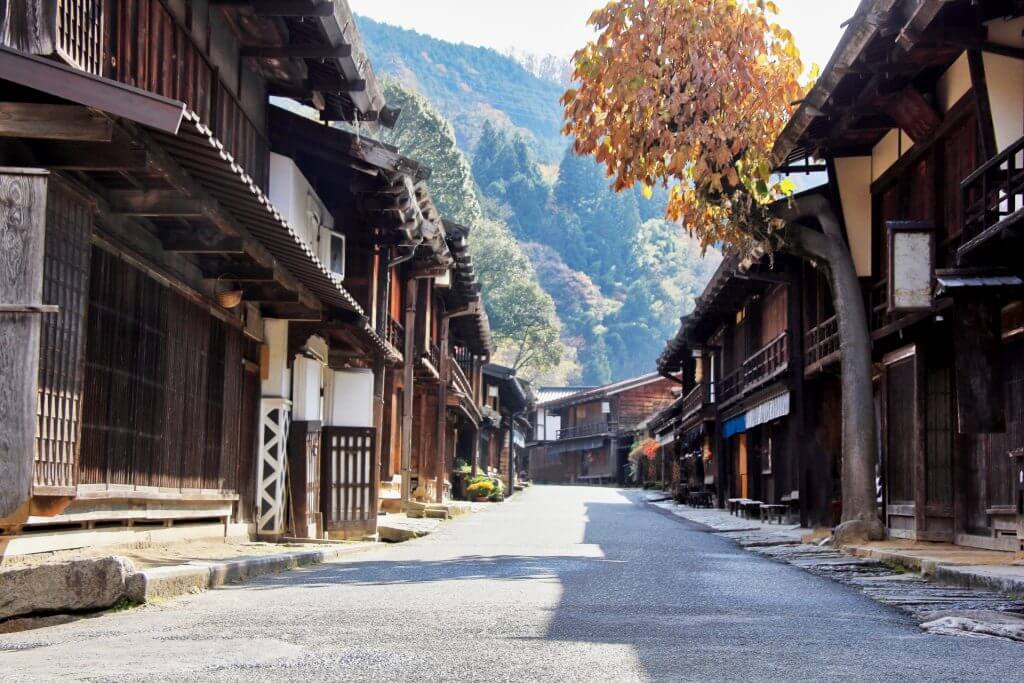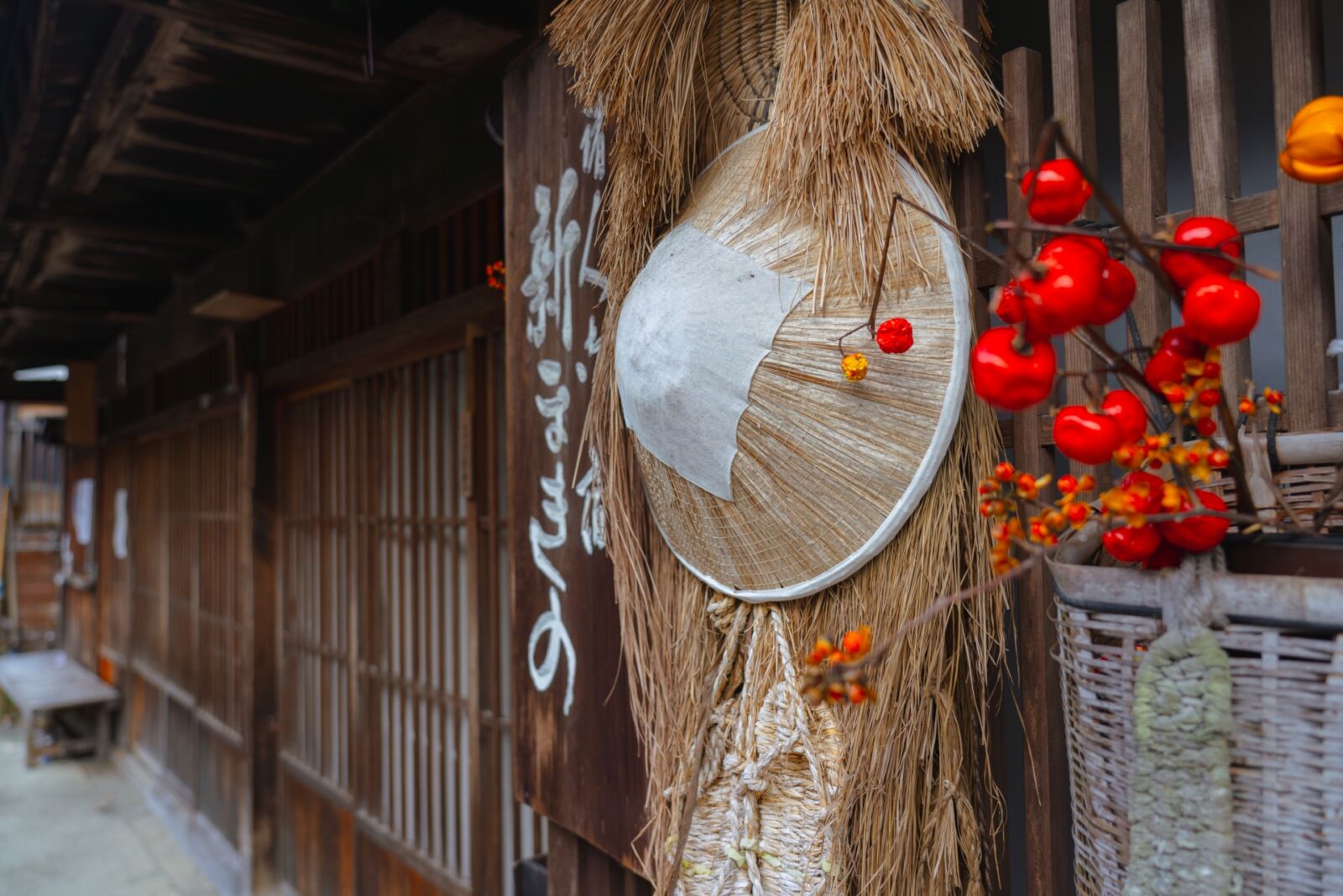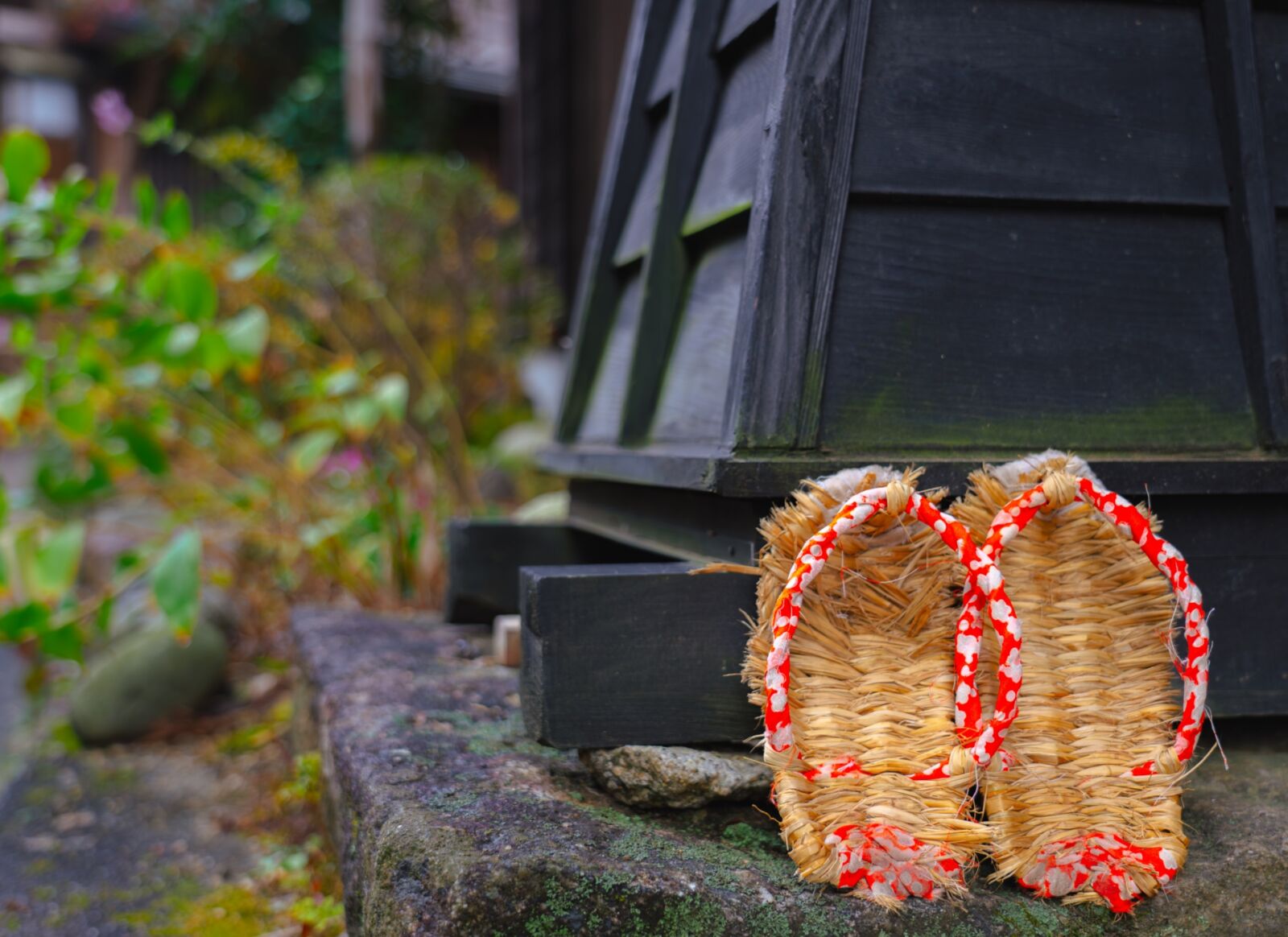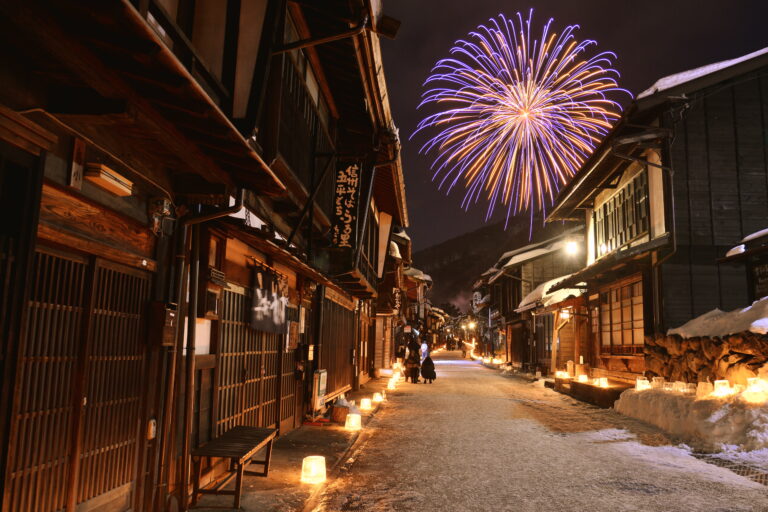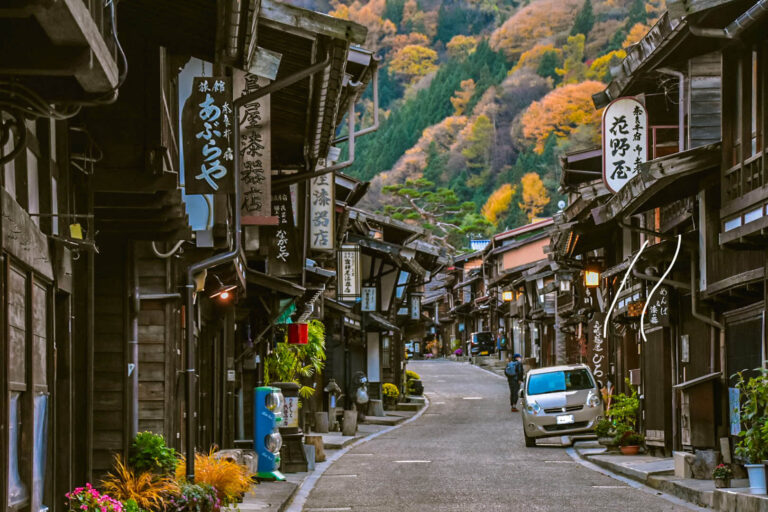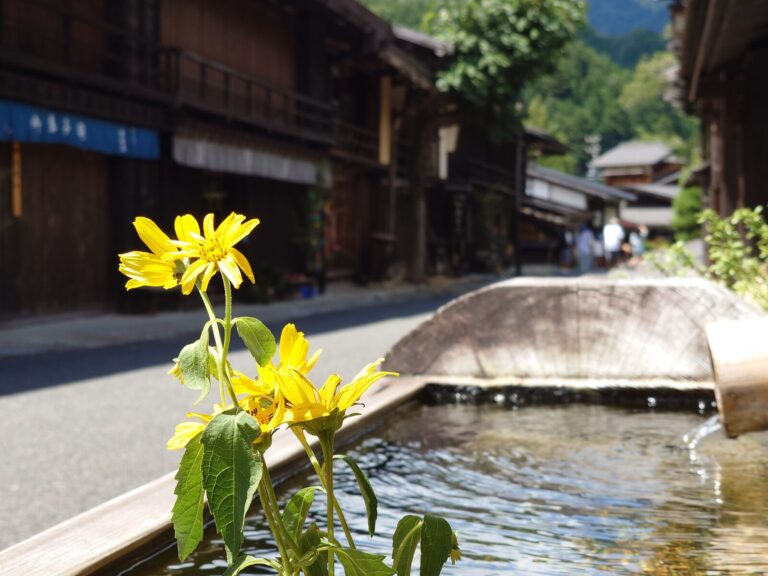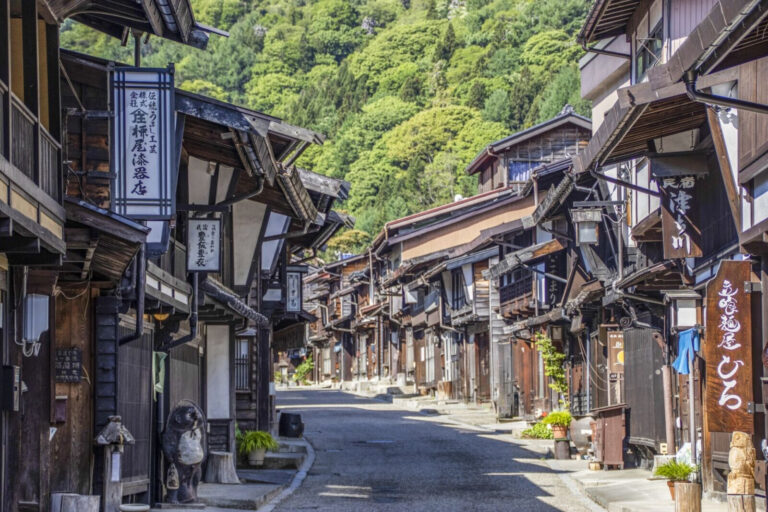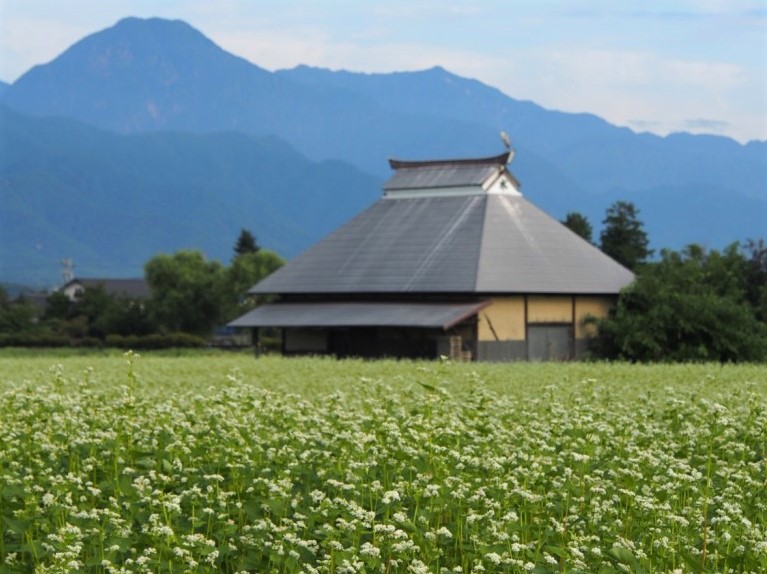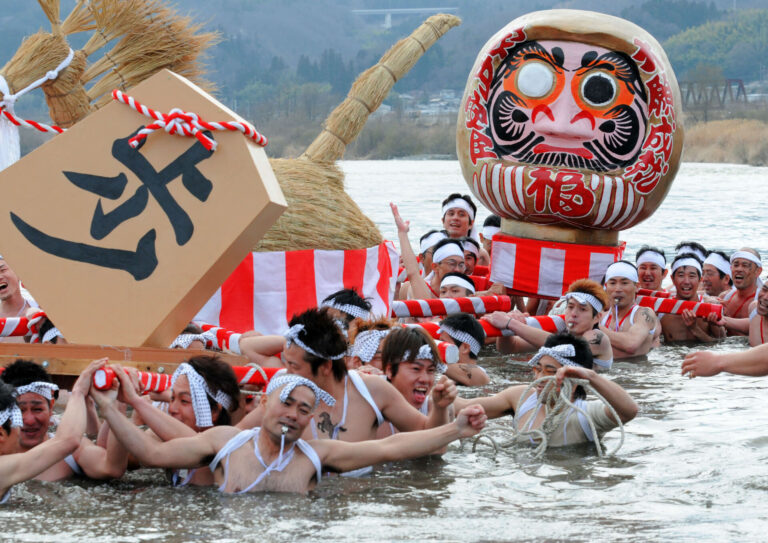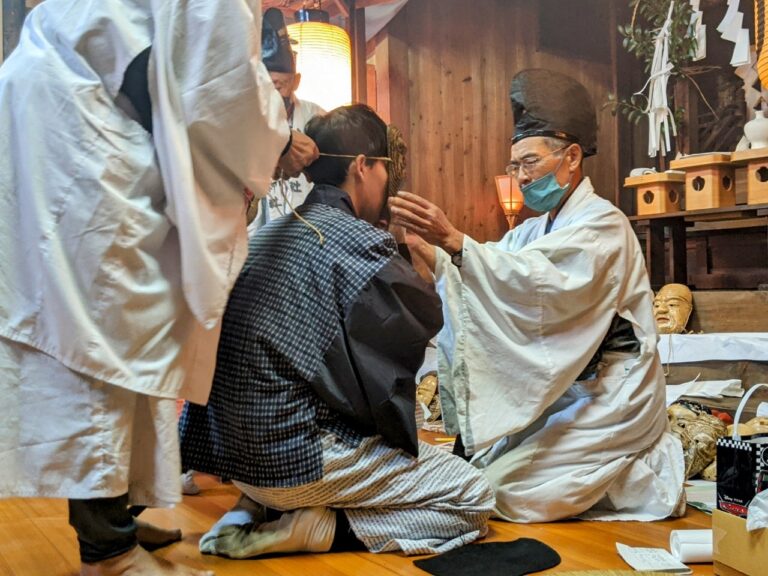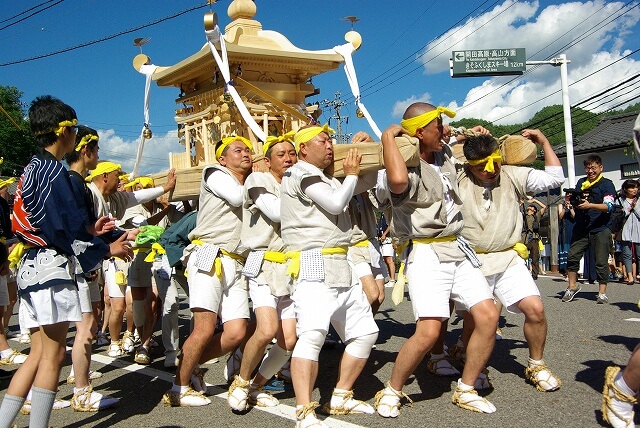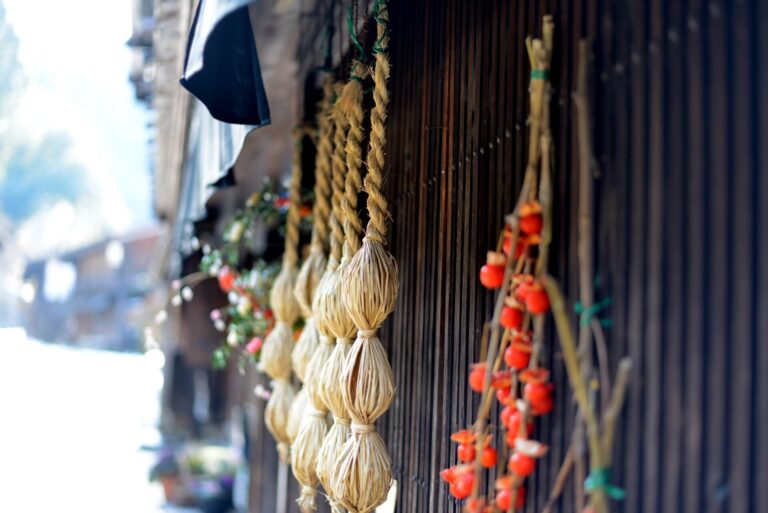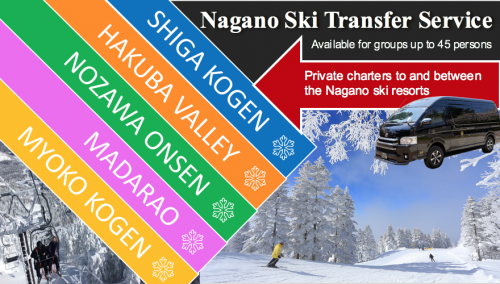Tsumago-juku
Tsumago-juku is a historic post town, known as “juku” or “shukubamachi,” situated on the 500km long “Nakasendo Trail” that once connected Kyoto and Edo (modern Tokyo). As one of five official highways between Kyoto and Edo, the road was busy with government officials, merchants, and pilgrims, typically traveling on foot. As a result, post towns developed along the road to service the needs of travelers.
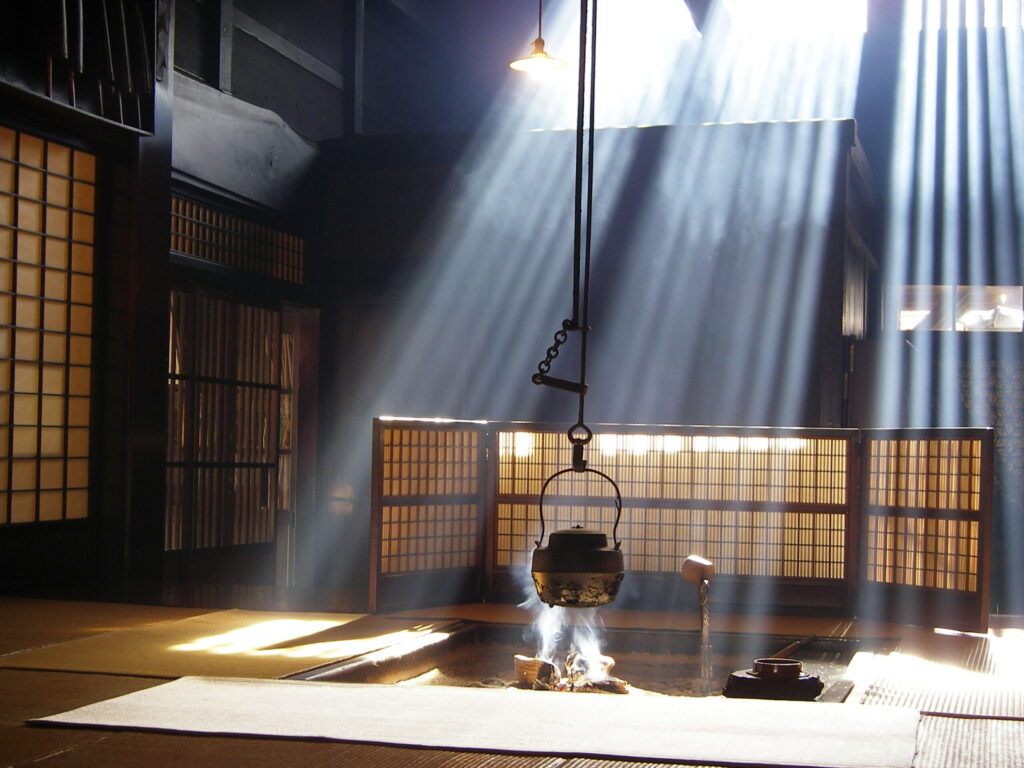
Of the remaining post towns, Tsumago is one of the best preserved and most popular with visitors. The town retains its “Honjin” (principal inn) which serviced government feudal families and government officials and “Wakihonjin” (secondary inn), for lower status officials.
Other historic buildings are in excellent condition and residents make every effort to retain the town’s traditional character. Strolling the streets of Tsumago-juku and hiking the Nakasendo Trail to other post towns including Magome-juku, will transport you back in time to samurai-era Japan. For detailed information regarding the trail, please refer to our ‘Walk the Nakasendo Trail’ page.
1 Day Tour
| 1-Day Tour from Nagoya: Hiking the Historic Nakasendo Trail | |
|
| |
| Period | April – December |
| Time | 10:00-18:00 |
| Meeting Place | JR Nagoya Station |
| Adult Rate | ¥24,900 |
| Child Rate | ¥12,900 |

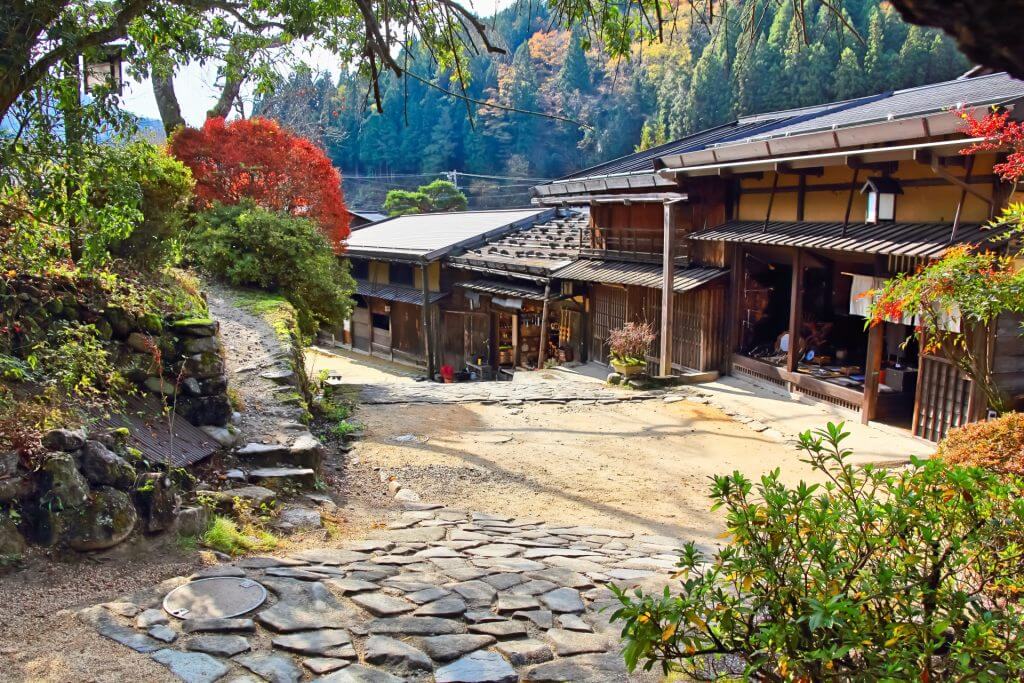
For accommodation listings in or nearby Tsumago, see our ‘Magome, Tsumago & Kiso-Fukushima Area’ hotel page. We also recommend considering to stay to the north of Tsumago, in the more centrally and conveniently located area around Kiso-Fukushima – pictured below.
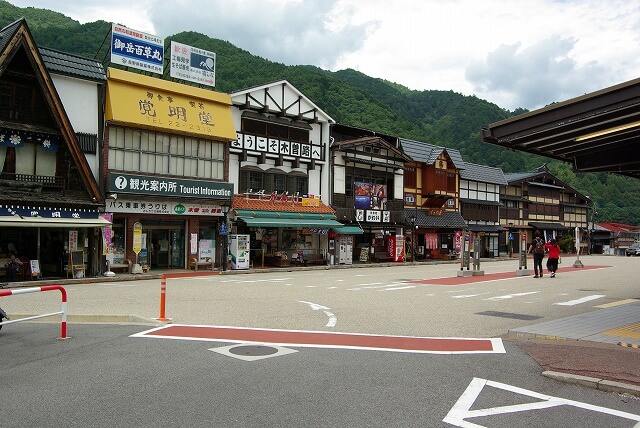
It has the greatest variety of accommodation in the Kiso Valley and as a stop on all Limited Express Shinano services running between Nagano, Matsumoto and Nagoya, it is the most convenient point from where to explore the region including the nearby Kiso Ontake Mountain Range. For accommodation listings in the area, see our ‘Kiso-Fukushima & Narai Area’ hotel page.
Want to join a trek on the Nakasendo Trail?
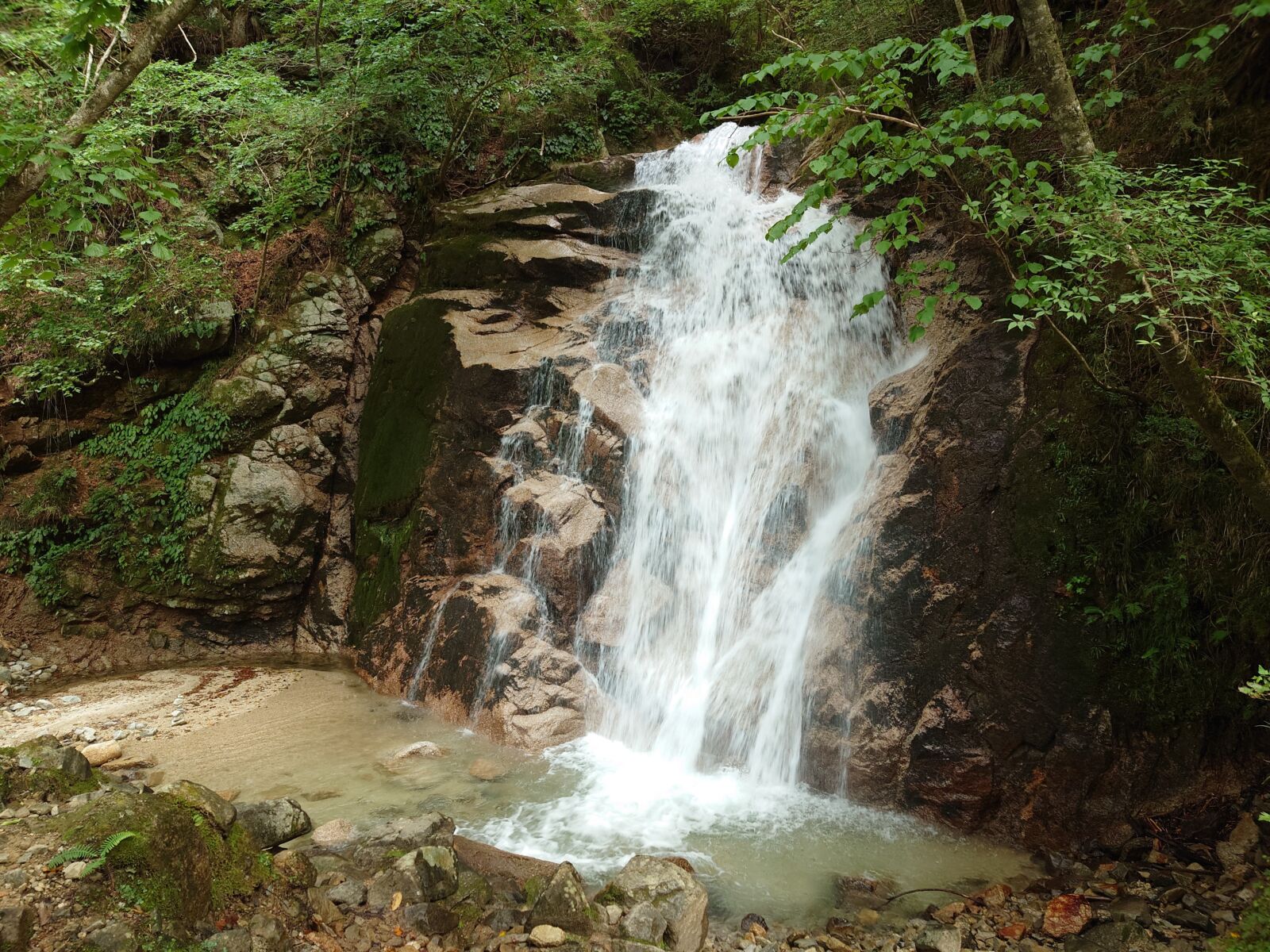
Based in Central Japan and operating much of the year, we offer multiple highly entertaining group-tours of the Nakasendo that are sure to please. All tours are led by locally-based guides and include a visit to the towns of Magome and Tsumago as well as an 8km hike on the Nakasendo itself through beautiful forest. Our tours are fun, interactive and family-friendly. For more information, or to book a tour, click on either of the banners below. Pick up options are available from Nagano, Matsumoto, and Nagoya, making it easy for you to join wherever you are.
1 Day Tour
| 1-Day Tour from Nagano & Matsumoto: Step into the Past on the Nakasendo | |
|
| |
| Period | September to December, April to June |
| Time | 08:15 – 18:30 |
| Meeting Place | Nagano Station Matsumoto Station |
| Adult Rate | ¥24,900 |
| Child Rate | ¥12,900 |

1 Day Tour
| 1-Day Tour from Nagoya: Hiking the Historic Nakasendo Trail | |
|
| |
| Period | April – December |
| Time | 10:00-18:00 |
| Meeting Place | JR Nagoya Station |
| Adult Rate | ¥24,900 |
| Child Rate | ¥12,900 |

Of course, we also offer private tours and transport in and around the Nakasendo trail and Kiso Valley area, as well as other regional destinations. Our drivers and vehicles are fully certified, allowing us to transport you to and from your preferred destinations in combination with any activity that suits your schedule. All vehicles are well-maintained and in good condition, allowing you to relax and enjoy your ride to wherever you are going.
We can arrange both private tours with an English-speaking guide or a private charter, including a private vehicle and driver but without a guide. We’d love to be part of your adventure in Central Japan and help you discover even more!
Got a question about visiting the Nakasendo Trail? Click the ‘INQUIRY’ button below and let’s get planning together!



